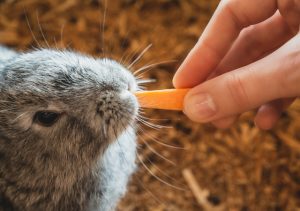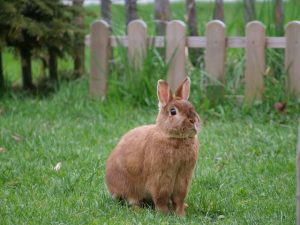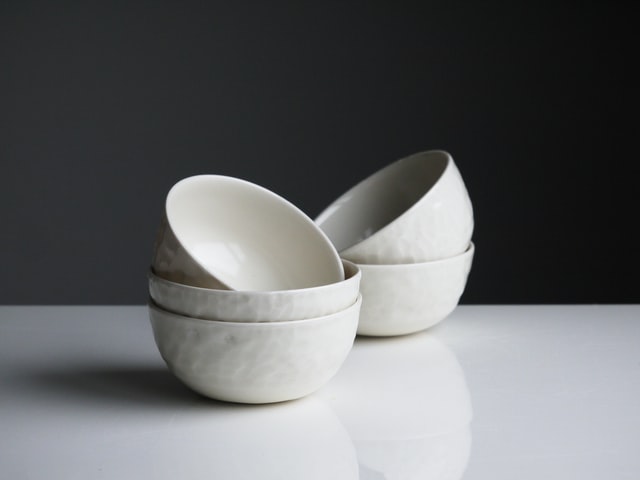
There is no denying the importance of water in the life of any organism. Rabbits must have constant access to fresh water. Therefore, at least once a day, you must change your rabbit's water to fresh water. During the summer, when there are high temperatures, this should be done several times a day.
Contents
In addition, in which form (drinker or bowl) you give water to your rabbit, you must always ensure that the vessel is clean. This is important because in such water, as well as on the surface of the bowl, bacteria accumulate very quickly.
The drinking bowl cannot be cleaned thoroughly, so it must often be replaced with a new one. Therefore every time we change the water, we have to clean the water trough or the bowl with a dish sponge or a brush. In this case, a bowl is much easier to keep clean.
Everybody requires a regular intake of a certain amount of fluids to function correctly. It is no different with rabbits. Although critters meet much of their water needs by eating fresh food, it is still essential for animals to have constant access to fresh, clean water. If your rabbit does not take in enough fluids, there is a risk of severe health problems. Read here how you can check that your pets are drinking enough and how to make water seem more palatable to rabbits if necessary.
How much do rabbits drink in a day?
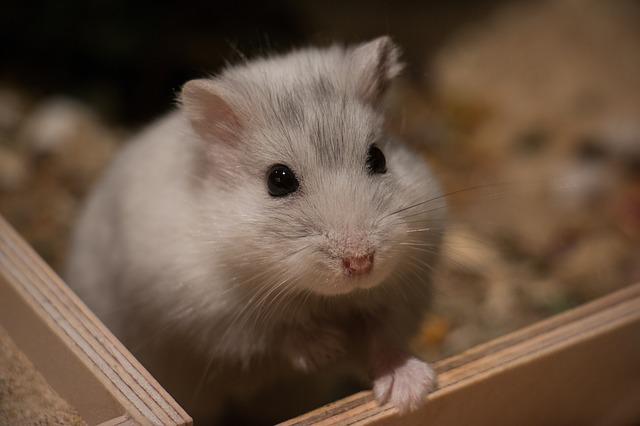
A miniature rabbit needs about a quarter of a litre of water a day to maintain fluid balance. You may occasionally see your rabbits while drinking, so determining how much water they actually drink can be difficult.
If you are feeding your rabbits large amounts of green food and the animals are taking fluids from vegetables that contain water, such as lettuce or cucumber, the water bowl may be ignored entirely for a while. There is nothing to worry about as long as there is enough fresh water and the animals can and do quench their thirst.
The rabbit's digestive system works very efficiently regarding the amount of fluid taken in from food: in the intestine, any moisture is squeezed out of the mashed food and delivered to the body. This process results from the well-known solid rabbit droppings, in which little water remains.
As a rule, rabbits fed according to the species' needs do not drink much. However, the opposite may happen the rabbit's need for water may suddenly increase. The animal becomes thirsty by heating the air, climatic fluctuations, unfamiliar food, or the like. Illness can also lead to a significantly increased feeling of thirst. Check regularly to ensure there is still enough water in the bowls, and add water immediately if running low. Consult your veterinarian if you suspect the illness is behind the excessive need to drink.
Suckling rabbits and animals exposed to extreme temperatures are particularly susceptible to inadequate fluid intake, which a veterinarian will refer to as dehydration. The first signs of dehydration are restlessness and a reduced flow of urine, which is more concentrated and has a more intense odour.
The consistency of the stool also changes - it becomes drier. When touching the animal, you may notice decreased skin elasticity. As dehydration worsens, the restless behaviour can turn into weakness and apathy and even lead to coma. The animal needs veterinary help for even minor signs of dehydration, as fluid loss is life-threatening.
How can I encourage my rabbit to drink?
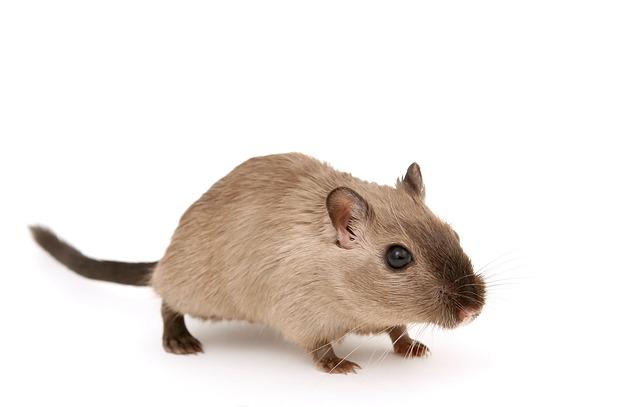
A suitable drink for your rabbit is ordinary tap water, provided the chlorine content is not too high. You can also give them mineral water if you want to pamper your rabbits. It is advisable to make your rabbit's drinking water more attractive from time to time by adding a little apple or carrot juice. Some rabbits like diluted chamomile or fennel tea.
Special multivitamin juices are available in speciality stores as complementary food for rabbits. If your pet does not drink much, you can use these methods. However, plain water should also be available, so the animal can choose. However, this is not necessary as part of a normal, species-appropriate rabbit diet. Another way to improve fluid intake is to moisten green food.
What are the advantages of a bowl and drinker?
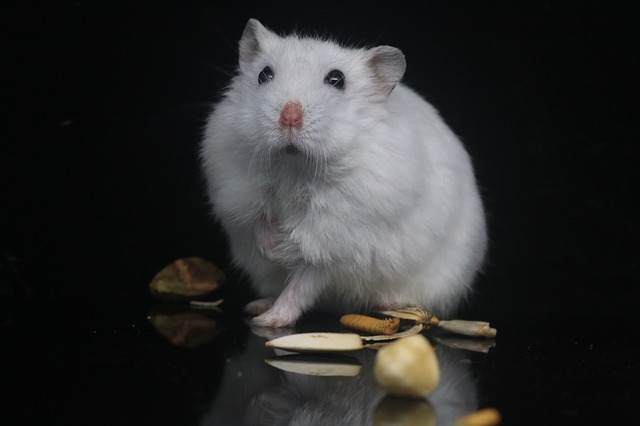
The significant advantage of a water drinker is that the water stays clean, and nothing can spill. This design is helpful for small rodents such as mice or rats. However, the waterer is less recommended for rabbits, at least as a sole source of water. A few drops of water flow out of a narrow tube, so a thirsty animal needs a long time to drink a large enough sip.
Drinkers are hazardous for animals living outdoors, especially in winter, because the water freezes, or the animal can freeze on the tube with its tongue and injure itself. In addition, the rabbit must assume a head position that is unnatural for it when drinking.
It is better to provide your crunchy rabbit with conventional water bowls, preferably made of heavy ceramic or metal material, which it cannot easily knock over. Another tip: always place the water bowl a little higher, so the water doesn't get contaminated with litter. Alternatively, you can use pet dispensers or pet drinkers.
Pluses of the bowl.
- - the water is always fresh as it needs to be constantly changed.
- - more accessible for some rabbits to use.
- - it doesn't make noise because there is no ball.
- - nothing gets blocked, and access to water is constant.
Minuses of the bowl.
- - Water spills out easily.
- - dirt gets inside quickly.
- - it takes up more space in the cage.
- - holds less water than a drinker.
- - you have to change the water more often.
Why is water essential for rabbits?
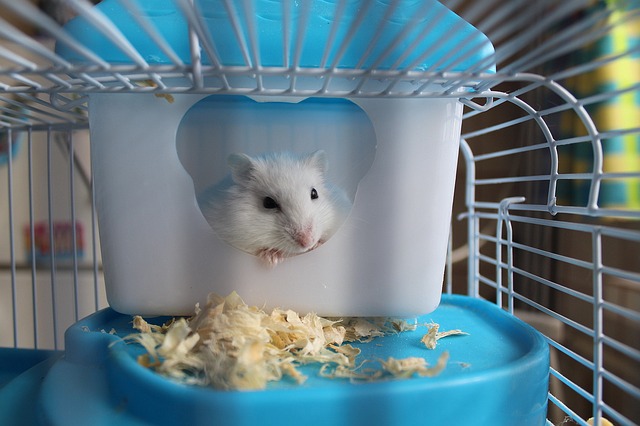
Rabbits drink a lot of water daily. But why is water so important for rabbits? There are four main functions. All are crucial to the health and well-being of your rabbit.
- Water feeds every single cell and organ of your rabbit's body.
- Is an essential part of your pet's blood
- Keeps your rabbit's digestive system running
- Helps your rabbit flush out excess calcium.
Water is essential to your rabbit's health, so ensure they have access to fresh and clean water at all times. Whether the water comes from a bottle or a bowl doesn't make much difference, although each has its pros and cons, which we'll discuss below.
How much water do rabbits need?
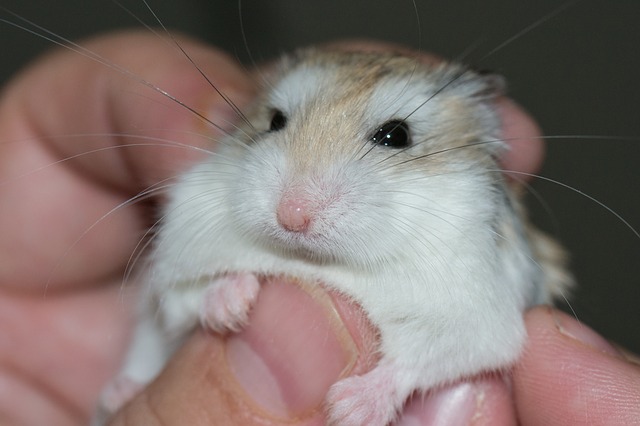
First, to answer the fundamental question: rabbits drink water. In fact, they drink a lot, More than similar species. The average rabbit consumes 50 to 150 millilitres of water per kilogram (or 2.2 pounds) of body weight per day. Compare that to dogs, which need about 50 to 60 millilitres of fluid per kilogram of body weight.
A rabbit weighing 2 pounds can drink as much water per day as a dog weighing 10 pounds! Needless to say, water is essential for the health and well-being of your rabbit. However, how much water your rabbit needs per day is a reasonable individual matter, as fluid intake depends on several factors.
- Age: how old your rabbit plays a role in how much water it needs. Baby rabbits still consuming their mother's milk need less water than adult rabbits.
- Health: pregnant and lactating rabbits need much more water than usual, while sick rabbits may drink less fluid.
- Diet: rabbits that eat a lot of fresh food need less water because they get it from fresh produce, while rabbits that live mainly on dry food need more water.
- Climate: the higher the temperature, the more water most rabbits drink.
As you can see, various factors can affect a rabbit's drinking habits. But for healthy adult rabbits, it is good to follow the general recommendation of 50-100 ml of fluid per kg of body weight per day.
Why does a rabbit drink a lot of water or almost no water?
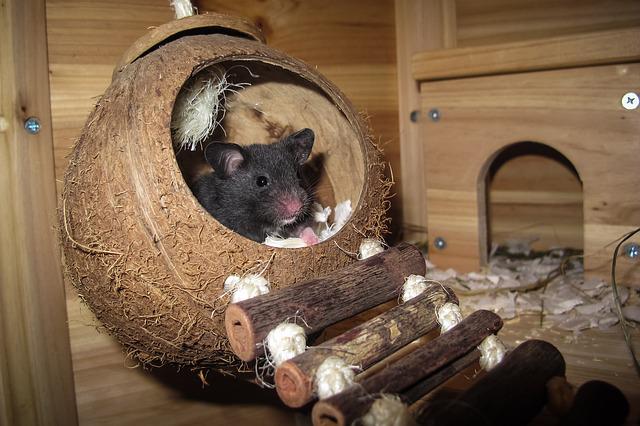
Fluid intake rates for each rabbit can change from day to day. This means that if today an adult animal drinks 2 litres, tomorrow this value may drop to 1 litre or even more. Why people with ears need water - we have already figured out. It remains to find the reasons for the refusal.
For proper care of a rabbit, it is worth knowing how many years rabbits of different breeds live, how long the molting of rabbits lasts, when and how to let a rabbit mate, how to help a rabbit with sunstroke, and how to make a rabbit shed with your own hands, how to slaughter a rabbit at home, how to properly use rabbit manure as fertilizer.
The most characteristic is the following: dirt and odour of the liquid; complex drinker design that does not allow animals to quickly get what they want; a large amount of juicy and green feed in the diet; pet illness, especially if apathy and refusal to eat are additional symptoms.


